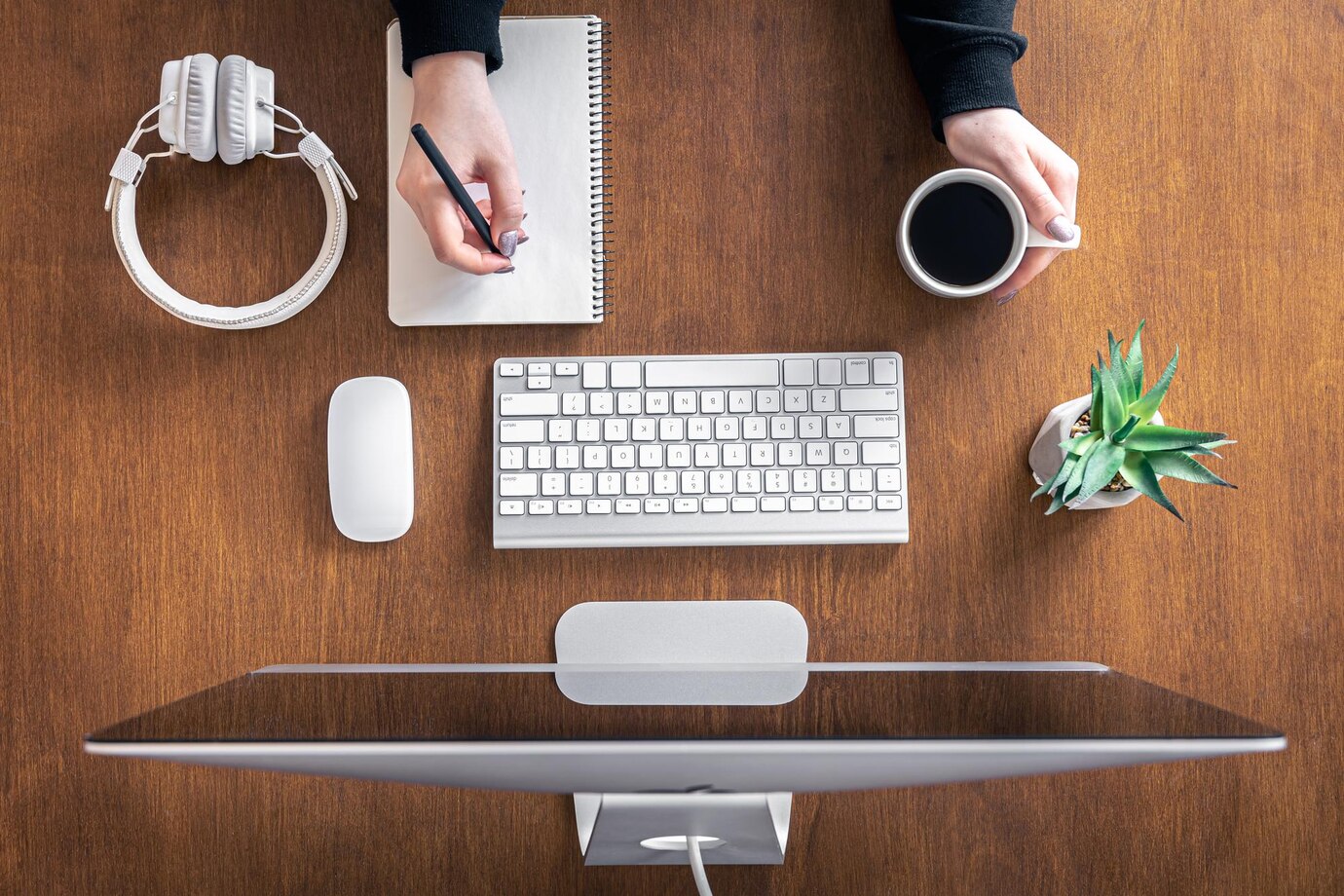
A well-designed office workstation is essential for productivity, efficiency, and comfort. Whether working from home or in a corporate office, having the right setup can prevent strain, enhance focus, and create a more pleasant work atmosphere. Investing in the right office furniture and accessories ensures long-term well-being and optimal performance. This guide covers the essential elements needed for a comfortable and ergonomic workspace.
1. Ergonomic Desk and Chair
A proper workstation starts with a high-quality desk and an ergonomic chair. A desk with sufficient surface area allows for easy organization of essentials, while an adjustable chair provides support for the spine and helps maintain good posture. Features such as lumbar support, adjustable armrests, and seat height adjustments can reduce physical strain during long working hours.
Factors to Consider:
- Height adjustability for standing or sitting options
- Spacious surface for essential items
- Sturdy build for longevity and stability
2. Proper Lighting
Lighting plays a crucial role in reducing eye strain and creating a comfortable work environment. Natural light is ideal, but for indoor settings, a combination of ambient, task, and accent lighting can enhance the space.
Recommended Lighting Types:
- Task Lighting: A desk lamp with adjustable brightness for reading or writing.
- Ambient Lighting: Soft overhead lighting to reduce glare and shadows.
- Natural Light: Position the workstation near windows to maximize daylight exposure.
3. Monitor Placement and Accessories
A well-placed monitor enhances posture and reduces strain on the eyes and neck. The screen should be positioned at eye level and at an arm’s length distance.
Helpful Accessories:
- Monitor Stand: Elevates the screen to prevent slouching.
- Blue Light Filter: Reduces eye fatigue from prolonged screen exposure.
- Dual Monitor Setup: Enhances multitasking capabilities.
4. Keyboard and Mouse Setup
An ergonomic keyboard and mouse contribute significantly to reducing wrist strain and improving comfort. Wireless or mechanical keyboards with wrist support and an ergonomic mouse designed for natural hand positioning are excellent choices.
Key Features:
- Wrist Support: Prevents strain from extended use.
- Wireless Options: Reduces cable clutter for a tidy workspace.
- Adjustable DPI Mouse: Allows sensitivity customization for smoother operation.
5. Cable Management Solutions
A cluttered workspace can be distracting and inefficient. Organizing cables and power cords not only enhances aesthetics but also prevents accidents and increases desk space usability.
Effective Cable Management:
- Cable Clips: Keeps wires neatly arranged.
- Cable Trays: Conceals excess wiring under the desk.
- Wireless Devices: Minimizes cable clutter.
6. Storage and Organization Tools
A tidy workstation promotes efficiency and helps keep essential documents and supplies within easy reach. Effective storage solutions can improve workflow and create a stress-free workspace.
Recommended Storage Options:
- Filing Cabinets: Ideal for document organization.
- Shelving Units: Provides additional space for books and office supplies.
- Desk Organizers: Keeps stationery and small items neatly arranged.
7. Personalization and Aesthetics
Adding a personal touch to the workstation can enhance motivation and make the space more inviting. Simple decorative elements can improve mood and creativity.
Ideas for Personalization:
- Indoor Plants: Improves air quality and adds a touch of greenery.
- Artwork and Photos: Creates a pleasant atmosphere.
- Customized Desk Accessories: Reflects personality while maintaining functionality.
8. Comfortable Seating and Foot Support
In addition to an ergonomic chair, other elements like footrests and seat cushions can enhance overall comfort.
Supportive Additions:
- Footrests: Encourages proper leg positioning.
- Seat Cushions: Provides additional lower back support.
- Anti-Fatigue Mats: Ideal for standing desk users.
9. Noise Control and Acoustic Solutions
A quiet workspace enhances concentration and minimizes distractions. Acoustic solutions can help create a more peaceful work environment.
Noise Reduction Tips:
- Noise-Canceling Headphones: Blocks background noise.
- Soundproof Panels: Absorbs excessive noise.
- Soft Furnishings: Rugs and curtains help dampen sound.
10. Health and Wellness Considerations
A comfortable office workstation should support physical and mental well-being. Implementing small lifestyle changes can boost energy and reduce fatigue.
Wellness Enhancements:
- Standing Desk Options: Encourages movement throughout the day.
- Hydration Station: Keeps water easily accessible.
- Break Schedule: Regular pauses prevent burnout and enhance focus.
Conclusion
Creating a comfortable and productive office workstation involves choosing ergonomic office furniture, optimizing lighting, and incorporating organization solutions. Thoughtful additions like noise control, personalization, and wellness-focused features further enhance the work environment. By investing in the right elements, individuals can enjoy a functional and aesthetically pleasing workspace that promotes efficiency and well-being.





Leave a Reply